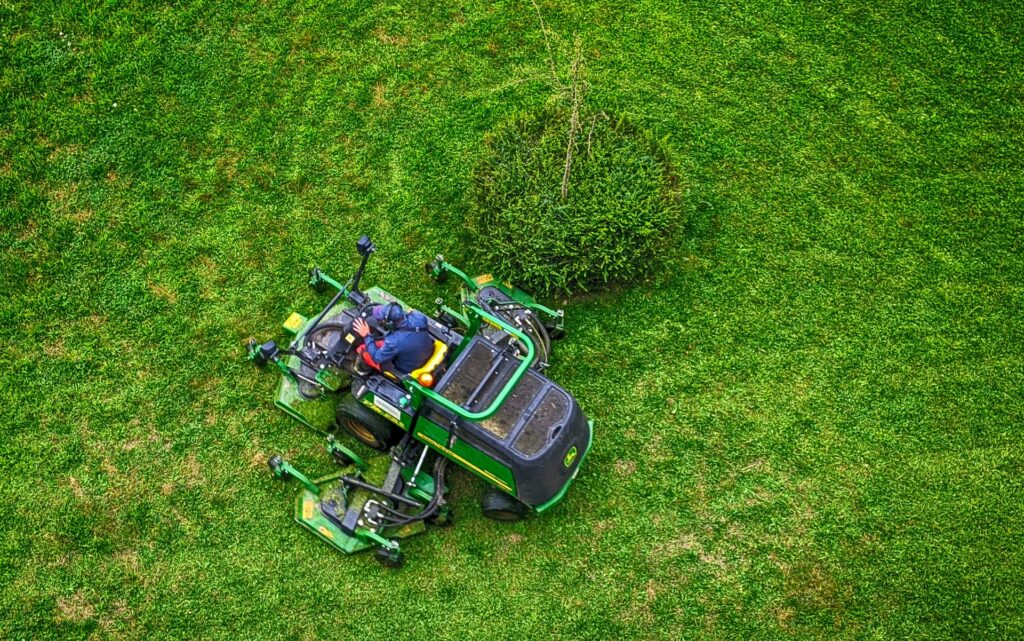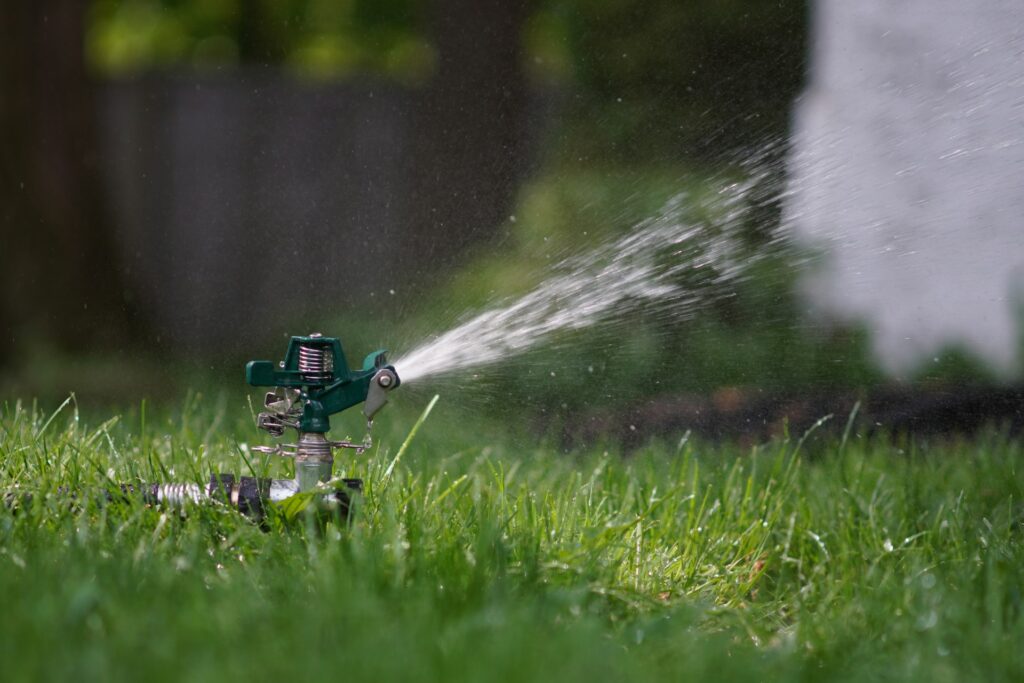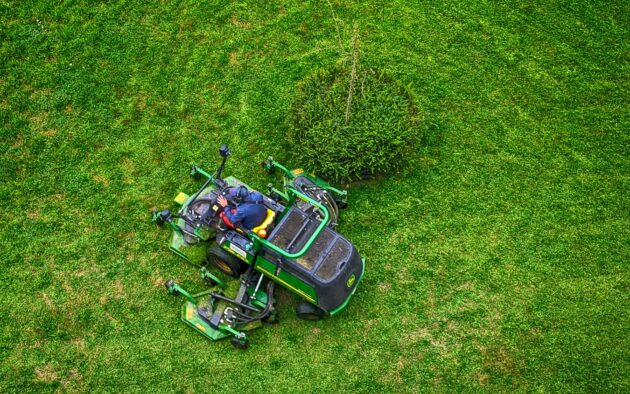
A well-kept lawn can transform an ordinary backyard into a place for relaxation, gatherings, and outdoor enjoyment. Yet maintaining it often feels like a time-consuming task filled with long hours of mowing, trimming, and fertilizing. Smart solutions are available that make this process simpler, less labor-intensive, and surprisingly satisfying. By combining the right techniques, technology, and equipment, anyone can achieve a lush, healthy lawn without the usual stress.
Table of Contents
Cutting-Edge Equipment for Effortless Maintenance
Achieving a pristine lawn requires tools that perform consistently and efficiently. Among the top options, robotic lawn mowers offer unmatched convenience for homeowners who value precision and ease. As explained on this page about WORX robotic lawn mowers, these machines glide silently across the grass, trimming evenly without constant supervision, and they are engineered to handle various terrains while maintaining peak performance. Investing in high-quality equipment reduces the physical strain of traditional mowing and ensures the lawn remains healthy year-round. The latest models come with programmable schedules, weather-resistant designs, and smart navigation systems that adapt to your lawn’s shape and obstacles. Choosing reliable tools is an investment in both your property’s appearance and your personal free time.
Smart Watering Techniques for a Thriving Lawn
Watering is more than just keeping the soil damp; it requires understanding how plants absorb moisture and when they need it most. Early morning watering prevents evaporation and allows grass to take in water gradually, while avoiding overwatering reduces disease risk and encourages deep root growth. Rain sensors and soil moisture meters help monitor conditions and adjust watering schedules automatically, saving water and improving lawn resilience. A lawn that receives consistent, measured hydration develops stronger roots and withstands dry spells with less damage.
Selecting the Right Grass Type
The type of grass planted has a major impact on maintenance demands and visual appeal. Cool-season grasses flourish in northern climates, showing rapid growth in spring and fall, while warm-season varieties thrive in southern regions with summer heat tolerance. Some grasses resist pests naturally, while others may require careful fertilization and care. Understanding which variety suits your environment reduces maintenance efforts and helps maintain an even, rich lawn throughout the year.
Lawn Fertilization Made Simple
Applying fertilizer correctly is one of the most effective ways to maintain a strong, healthy lawn, yet it requires careful attention to timing, type, and method. Slow-release fertilizers gradually provide essential nutrients over several weeks, supporting steady growth without overwhelming the grass or increasing mowing demands. Selecting a fertilizer that matches your grass type and soil composition can prevent nutrient imbalances and promote uniform color and density. Organic fertilizers are another excellent choice, as they improve soil structure, encourage microbial activity, and strengthen roots naturally, making the lawn more resilient against drought and disease.
Applying fertilizer during the appropriate seasons enhances its effectiveness; for instance, cool-season grasses benefit from early spring and fall applications, while warm-season varieties respond best to late spring and summer feeding. Techniques such as even spreading, lightly watering afterward, and avoiding direct contact with hard surfaces prevent burn marks and uneven growth. Combining these practices with a regular soil testing schedule allows homeowners to adjust nutrient levels precisely, reducing waste and ensuring the lawn receives exactly what it needs for sustained vitality.
Pest and Weed Management Without Hassle
Controlling pests and weeds is a constant challenge in lawn care. Integrated approaches that combine mechanical removal, natural deterrents, and selective treatments minimize chemical use and maintain environmental balance. For instance, dethatching and aerating the soil discourages weed growth while improving grass root access to nutrients. Applying barriers, traps, and targeted organic solutions keeps harmful insects in check without harming beneficial organisms. Regular observation allows early intervention, preventing small problems from becoming large, labor-intensive issues.
Seasonal Adjustments for Year-Round Beauty
Maintaining a healthy lawn throughout the year requires paying attention to the changing seasons and adjusting care routines accordingly. In spring, the focus should be on rejuvenation, as grass emerges from dormancy and begins new growth. Aerating the soil helps relieve compaction, allowing roots to access oxygen and nutrients more easily, while applying fertilizer at this stage encourages strong blade development. Early mowing and overseeding can also fill in bare spots left from winter, giving the lawn a fuller, more uniform appearance. During the hot summer months, lawns face heat stress, which can lead to browning or thinning if not managed carefully. Adjusting mowing height, watering deeply but less frequently, and applying mulch around vulnerable areas can protect the grass and conserve moisture. Fall brings opportunities for recovery and preparation for winter dormancy. Overseeding, raking fallen leaves, and applying a nutrient-rich treatment strengthen the lawn and prevent disease from decaying debris. Preparing for winter involves reducing foot traffic on fragile grass, removing lingering debris, and lightly fertilizing cool-season varieties to promote root resilience.

Stress-free lawn care is achievable when combining modern tools, strategic planning, and attentive observation. Using high-quality equipment like robotic lawn mowers, applying smart watering techniques, choosing suitable grass types, following thoughtful fertilization schedules, managing pests and weeds carefully, and adjusting routines with the seasons all contribute to a lawn that looks impressive with minimal effort. By adopting these strategies, homeowners can reclaim their weekends, enjoy their outdoor spaces, and maintain a lush, healthy lawn all year long.
